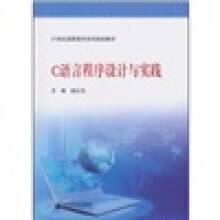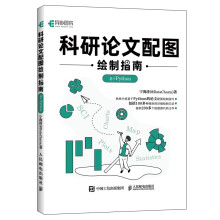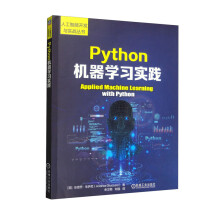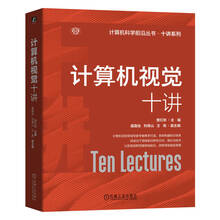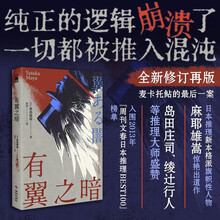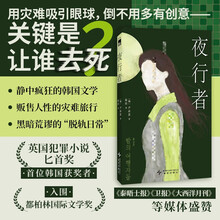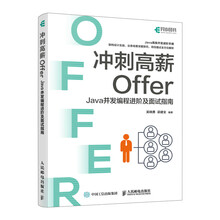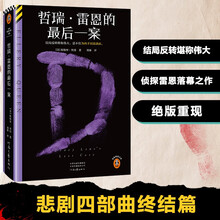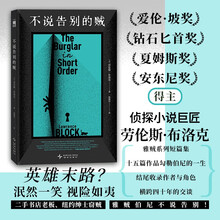前言
从西周成王(约公元前1055 年—前1025 年)始封楚起至秦始皇灭楚(公元前223 年)、统一中国止的八百余年间,楚国由小到大,由弱变强,由兴盛到衰亡,楚人创造的文化也随之不断发生变化。楚文化璀璨夺目,博大精深,老庄哲学、神话传说、屈宋辞赋,以及楚文物中所反映出的令人叹为观止的艺术成就,如精巧繁缛的青铜礼乐器,精彩绝伦的玉器,瑰丽奇谲的漆木器,巧夺天工的丝织品无一不体现出楚人进取、奋斗的精神和原始、质朴的民风。秦汉时期,楚文化进一步与中原文化融合,成为中华文化的重要组成部分。
2020 年初,新冠肺炎疫情肆虐荆楚大地,海南医疗队驰援荆州,共抗疫情,荆州与海南两地结下了深厚的情谊。为加深两地之间的文化交流合作,弘扬伟大的抗疫精神,传承中华优秀传统文化,丰富人民群众精神文化生活,中国(海南)南海博物馆与荆州博物馆密切合作,共同举办本次展览。展览通过199 件(套)荆州博物馆典藏菁华,展现楚国从立国、崛起、兴盛、衰亡,并融入大一统汉文化之中这一历史过程。展览深入挖掘和阐发楚文物蕴含的历史文化价值和时代价值,着重表现楚人“筚路蓝缕”的艰苦奋斗精神、“抚夷属夏”的开放包容精神、“上下求索”的锐意进取精神、“深固难徙”的爱国主义精神,展示中华文化的独特魅力。
Preface
The State of Chu, was enfeoffed under the rule of King Cheng of the Western Zhoudynasty, till vanquished by Emperor Qinshihuang, exists more than 800 years. During this time,Chu developed from a tiny vassal state, gradually gained strength, to one of the most powerfulstates of the Warring States period, until beaten by Qinshihuang who united the whole of China.The brilliant and comprehensive Chu culture is a wonderful flower flourishing on the fieldof history of human civilization. The enterprising spirit, unadorned custom, and fantastic artachievement of Chu people are embodied in the philosophy of Laozi and Zhuangzi, their myths,folk tales, poetry and ode, even the delicate bronze ritual instrument and exquisite lacquerware.During Qin to Han dynasty, Chu culture further merged with the culture of the central plains andbecame a significant constituent of Chinese culture.
At the beginning of the year 2020, the new Coronavirus Pneumonia epidemic raged acrossthe land of Hubei province, the territory of ancient Jingchu culture. Hainan medical teammembers rushed to help Jingzhou to fight the epidemic together and forged a deep friendshipbetween Jingzhou and Hainan. In order to deepen cultural exchange and cooperation betweenthe two places, further develop the great anti-epidemic spirit, carry forward outstanding Chinesetraditional culture, and enrich people’s cultural-ethical life, the China (Hainan) Museum ofthe South China Sea collaborates with the Jingzhou Museum to organize this exhibition. Thisexhibition by displaying 199 pieces (sets) selected collection from Jingzhou Museum unfolds thehistorical process of the establishment, development, prosperity, decline, and fall of the Chu stateand its integration into the unified Han culture. Digging and illustrating the venerated historicaland cultural value implied in the Chu culture is the desired target to be achieved of curating thisexhibition. Moreover, the exhibition emphasized the hardworking spirit, inclusiveness, enterprise,and patriotism of Chu people to show the unique charisma of Chinese culture.
根据先秦典籍和古文字资料记载,楚人自称“帝(颛顼)高阳之苗裔”。尊老童、祝融、鬻熊等为“楚先”。殷商末年,由首领鬻熊率领,投附周人。周成王时, 封鬻熊之后熊绎于楚蛮之地,“号为子男五十里”,成为西周王朝体系中的一个小国。周昭王时,楚、周关系已日益疏远。楚人为摆脱周人的压力, 逐渐南徙,谋求独立发展。熊渠在位时,曾一度强大称王,但随后又因内乱而衰落。至春秋早期,楚国迅速崛起,陆续征服了江汉一带的众多邻邦,渐成为地广千里的南方大国。
According to the record of ancient texts, Chu people believethey are the progeny of Zhuanxu, a legendary monarch in ancientChina. Laotong, Zhurong, Yuxiong (descendants of Zhuanxu) areall their ancestors. In the late Shang dynasty, the chieftain Yuxiongled the tribe to go and live as a dependent to Zhou (a vassalkingdom of the Shang dynasty). After Zhou replaced the Shang,under the rule of King Cheng of Zhou, Xiongyi the offspring ofYuxiong was enfeoffed in the land of Chu, then became the Stateof Chu, a vassal state of the Western Zhou dynasty. However,the relationship between Chu and Zhou was growing alienatedin the middle of the Western Zhou dynasty. In a bid to get rid ofrestrictions from the central authority and seeking for independentdevelopment, Chu people gradually migrate southward. Duringthe reign of Xiongqu, it became a considerable power amongvassal states, then start to fade due to civil strife. Until theEarly Spring and Autumn period, Chu rose sharply again andcontinuously conquered a number of neighboring states aroundthe Jianghan area. Finally, gained large tracts of land, thenattained prosperity in southern China.
第一单元 PartⅠ
Rise From Arduous Environment
筚路蓝缕
楚文化是楚人在继承中原文化的基础上,融合了江汉地区土著文化而形成的一种区域文化。楚人的起源,主要有“北来说”和“土著说”两种观点,学术界尚未取得一致意见。“北来说”认为楚人来自北方中原地区,后来南迁至江汉地区。“土著说”则认为楚人起源于江汉地区的本地土著。目前,“北来说”的观点占据主流,《史记》等文献认为楚人为祝融之后,属于华夏族,而且近年新出土的楚简资料也支持楚人起源于中原的观点。
楚之先祖
荆字陶罐
新石器时代石家河文化
口径10、高13.6厘米
出土编号:邓家湾T3M32∶6
1987~1992年湖北天门邓家湾遗址出土高领,长直颈,溜肩,鼓腹。陶文刻于陶罐肩部,左边作“井”字形,右边作一竖画,外有一不规则圆圈。该陶文与西周金文“荆”字字形相似,是探索先楚文化的重要资料之一。
展开

